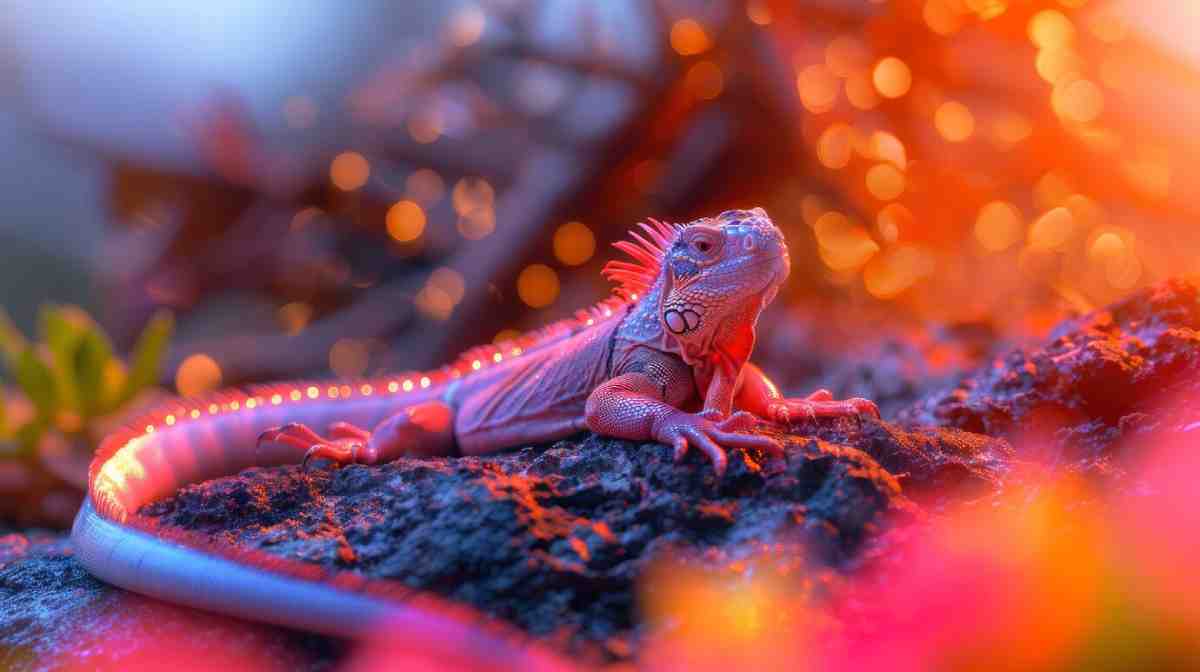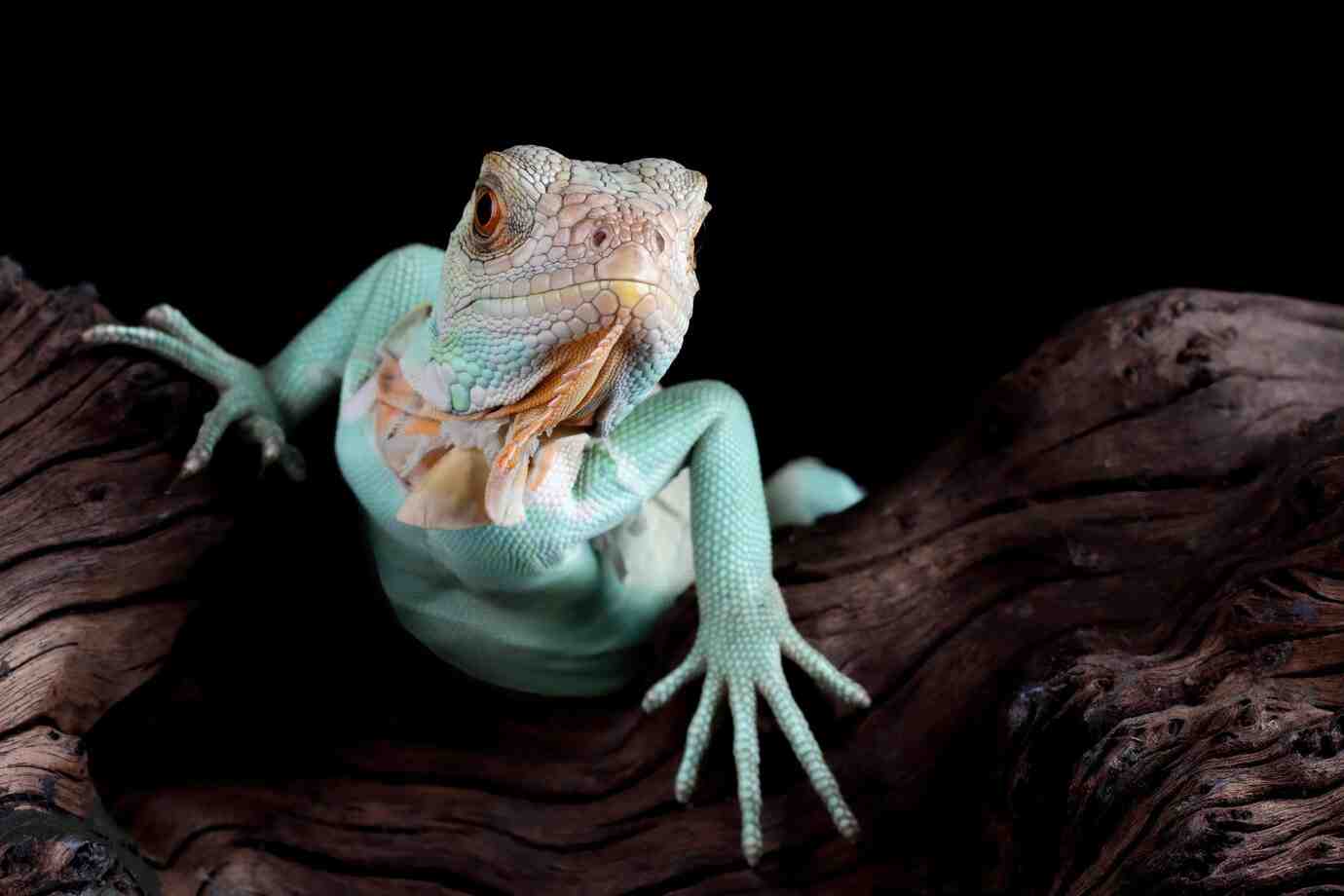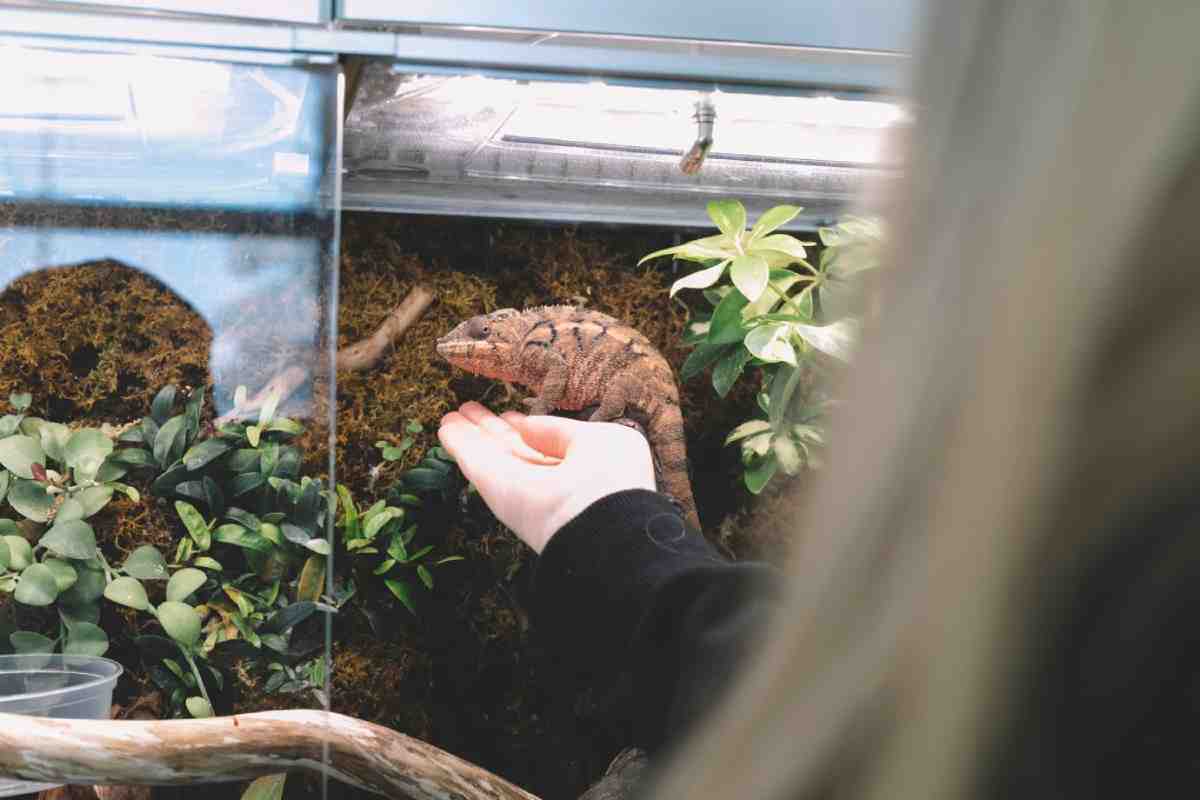
How to Create a Bioactive Reptile Enclosure
If you’re looking to elevate your reptile’s habitat while reducing maintenance, a bioactive terrarium setup is the way forward. This naturalistic approach replicates your reptile’s native environment, promotes wellness, and creates a living system that supports itself.
In this guide, you’ll learn how to design a thriving live plant terrarium, establish a clean-up crew, and maintain self-sustaining reptile tanks with minimal intervention.
Pro Tip: A bioactive enclosure isn’t just for aesthetics — it supports your reptile’s physical and mental health.
Quick Guide: What Is a Bioactive Reptile Enclosure?
- A self-sustaining ecosystem using live plants, beneficial bugs, and natural substrates
- Designed to mimic natural environments
- Supports natural behaviours like digging, hiding, and climbing
- Reduces odours and manual spot-cleaning
- Ideal for long-term reptile health and enrichment
Important: Bioactive doesn’t mean no maintenance — it just changes how the system is maintained.
Step-by-Step: How to Set Up a Bioactive Reptile Enclosure
Step 1: Choose the Right Reptile and Tank
Not all reptiles are ideal for bioactive setups — choose species that benefit from enriched, natural environments.
| Suitable Species | Environment |
| Crested Gecko | Tropical, arboreal |
| Day Gecko | Tropical, vertical |
| Leopard Gecko | Arid, terrestrial |
| Ball Python | Humid, ground-dwelling |
| Dart Frog | Moist, tropical |
Minimum tank size: 60x45x45 cm for small reptiles. Larger species may need 90+ cm enclosures.
Quick Tip: Use glass or PVC tanks for optimal humidity retention.
Step 2: Prepare Your Drainage Layer
Drainage prevents plant root rot and maintains soil structure.
Layering basics:
| Layer | Material | Purpose |
| Bottom | Hydro balls or LECA | Allows excess water to drain |
| Barrier | Mesh screen | Prevents soil from mixing with drainage |
| Main substrate | Soil blend | Hosts plants, bugs, and supports digging |
Pro Tip: Rinse LECA thoroughly before use to remove dust and avoid clouding.
Step 3: Mix the Right Substrate
Bioactive substrates must support plant growth and allow natural behaviour.
Base mix for tropical setups:
- 50% organic topsoil (no fertilisers)
- 30% coco fibre
- 10% orchid bark
- 10% sphagnum moss or leaf litter
For arid species (e.g., leopard geckos):
- 60% clay-based topsoil
- 20% sand
- 20% coco fibre
Sustainability Tip: Use compostable or naturally sourced materials only — avoid artificial soil additives.
Step 4: Introduce a Clean-Up Crew
These tiny invertebrates break down waste and aerate the soil.
Common bioactive bugs:
| Species | Role |
| Springtails | Eat mould, waste, and decaying matter |
| Isopods (e.g. dwarf white) | Decompose faeces, dead plant matter |
| Earthworms (tropical tanks only) | Aerate soil and recycle organic material |
Pro Tip: Add your clean-up crew 1–2 weeks before introducing your reptile to give them time to establish.
Step 5: Choose and Plant Live Vegetation
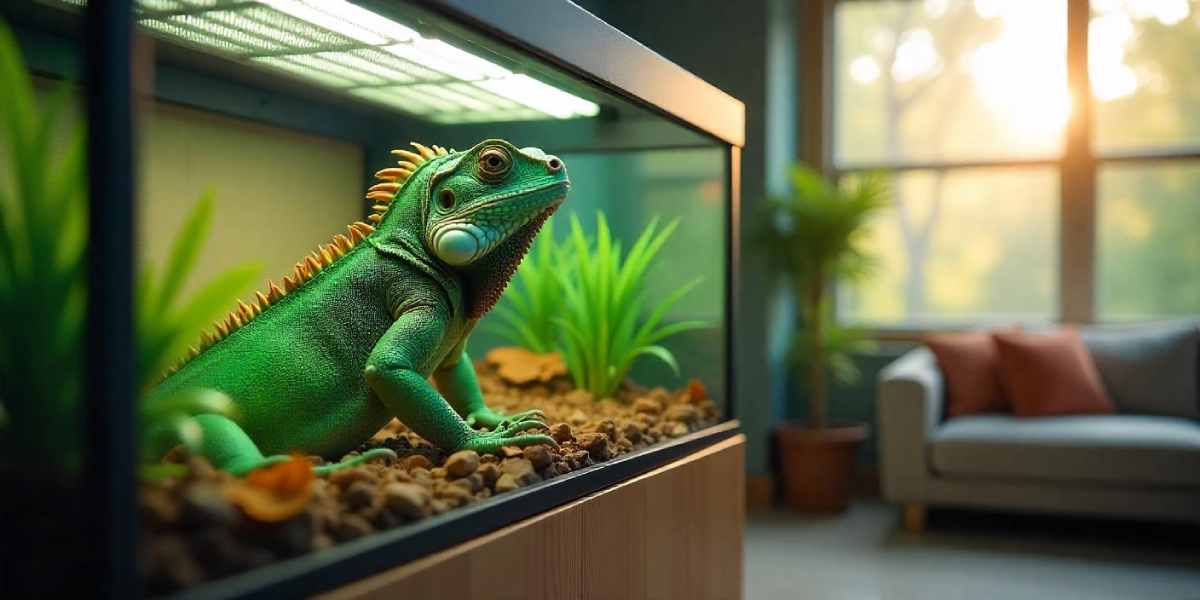
Plants make the enclosure visually rich and improve humidity and air quality.
Best plants for bioactive enclosures:
| Plant | Suitable For |
| Pothos | Tropical tanks (climbers) |
| Snake plant | Low-light, hardy |
| Bromeliads | Tropical, tree frogs or geckos |
| ZZ plant | Arid setups |
| Spider plant | Easy-care, non-toxic |
Planting tips:
- Rinse roots before planting to remove fertilisers or pests
- Plant firmly in moistened substrate
- Add leaf litter around the base for natural mulch
Quick Tip: Use terrarium-safe fertilisers or let the clean-up crew supply nutrients naturally.
Step 6: Add Functional Decor and Hides
Natural decor promotes instinctual behaviours and gives a wild look.
Ideas for hardscape:
- Cork bark
- Driftwood
- Mopani wood
- Natural slate or stone
- Bamboo poles (for arboreal species)
Feature Benefit Elevated branches Climbing and basking Deep hides Thermoregulation and stress reduction Vines Arboreal movement and coverage Sustainability Note: Source wood and rock from pet-safe or reclaimed sources only.
Step 7: Install Lighting and Heating
Even naturalistic tanks need tech to simulate proper day/night cycles.
Lighting:
- UVB light for vitamin D3 synthesis (species-dependent)
- Full-spectrum LED for plant growth
- 12-hour day/night cycle using a timer
Heating:
- Ceramic heat emitter or deep heat projector
- Basking bulb (halogen recommended)
- Thermostat-controlled temperatures
Quick Tip: Monitor with digital probes — one on each end of the tank and one in the substrate.
Establishing and Maintaining a Healthy Bioactive Setup
Weekly Maintenance Tasks
Task Frequency Mist enclosure Daily (tropical) or every other day (arid) Spot-check faeces 2–3 times a week Trim plants Weekly or as needed Stir topsoil (gently) Fortnightly Clean glass Weekly Long-Term Care
- Replace leaf litter every 4–6 weeks
- Top up substrate every 3–6 months
- Replenish clean-up crew as needed
- Rotate decor if mould or wear appears
Pro Tip: Don’t over-clean — the micro-ecosystem thrives on stability and balance.
Common Mistakes to Avoid
Mistake Fix Using fertilised soil Always choose organic, untreated soil Overwatering Watch for puddles or root rot — adjust misting and drainage Too many bugs Start small and balance naturally Incompatible plants or decor Research based on species and tank conditions Quick Tip: Observe your reptile and environment together — behaviour tells you if the habitat is working.
Frequently Asked Questions
Can I make any enclosure bioactive?
Not all. Bioactive works best in glass or PVC tanks that retain humidity. Open-air or mesh tanks struggle to maintain a stable ecosystem.
Do I still need to clean faeces?
Yes — especially large waste. Your clean-up crew will handle leftovers, but initial removal helps avoid overload.
How long before I can add my reptile?
Allow the enclosure to stabilise for 2–4 weeks. This helps establish microfauna, moisture levels, and plant growth.
Do all reptiles need UVB in bioactive setups?
No — but many benefit. Research your species’ requirements and always provide full-spectrum lighting for plant health.
Is a bioactive tank more expensive?
Initially, yes. But long-term costs are lower due to less frequent cleaning, fewer substrate changes, and improved health outcomes.
Build Nature, Not Just a Habitat
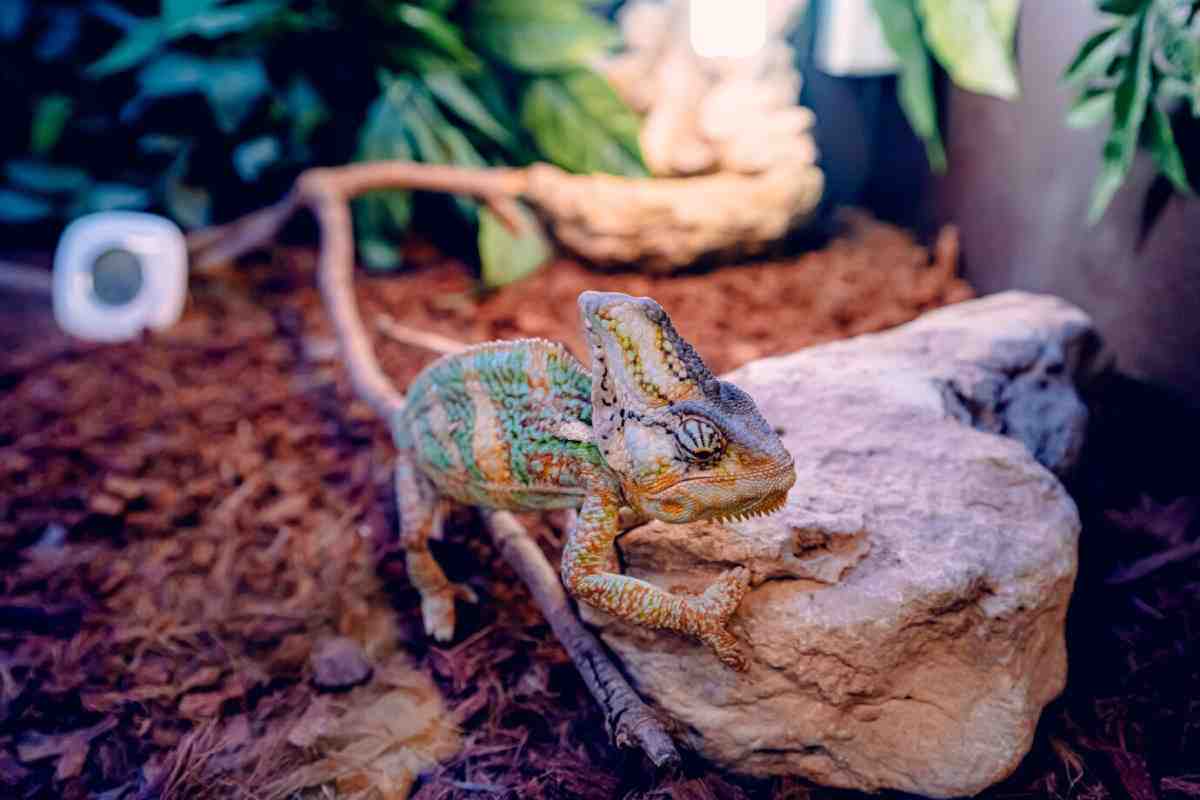
A bioactive enclosure brings your reptile closer to nature. It offers enrichment, stability, and cleaner living — while reducing your manual upkeep. By learning how to build a proper bioactive terrarium setup, selecting safe plants, and creating real self-sustaining reptile tanks, you invest in a habitat that grows as your reptile thrives.
Think eco. Build smart. Let nature do the work.
